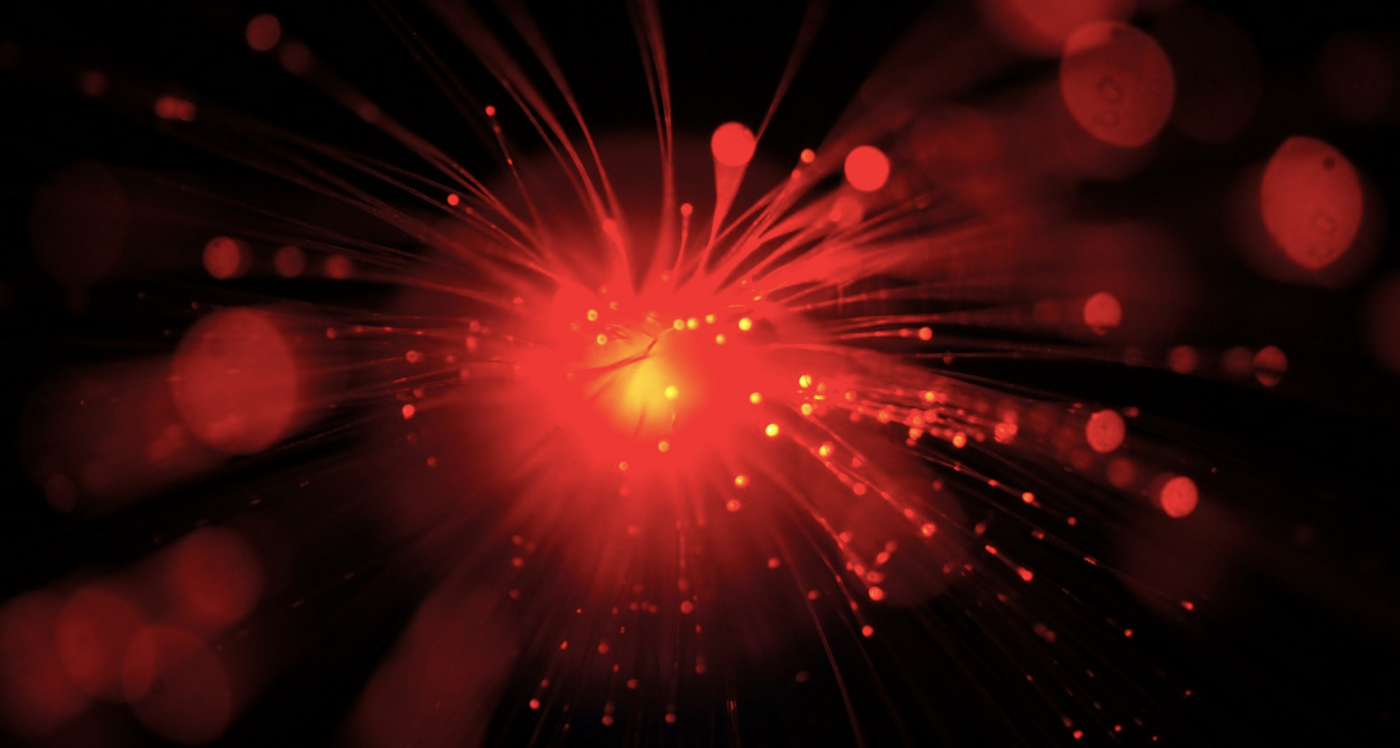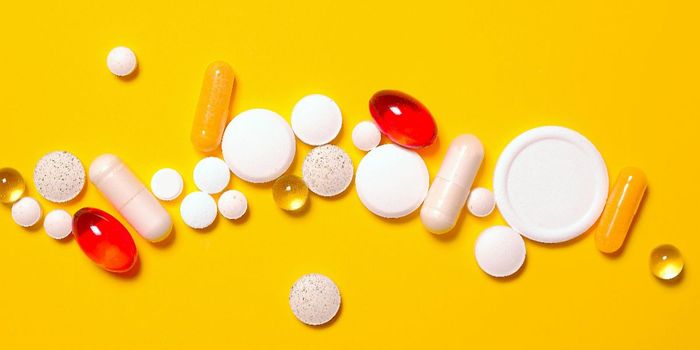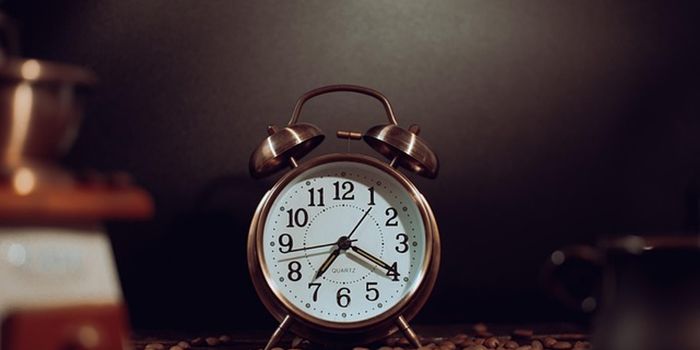Laser Treatment May Improve Short Term Memory
Drugs that effectively treat disorders of the brain are very challenging to develop. In the past few decades, researchers have begun to investigate how lasers might be used as an alternative treatment for a variety of different brain disorders, such as depression and autism, or if they could improve memory or cognitive performance.
Transcranial photobiomodulation (tPBM) is a type of light therapy that targets the brain directly with LED or visible and infrared lights from non-ionizing radiation sources. There has been evidence that this treatment could improve symptoms of some central nervous system diseases. While there has been some difficulty in determining how effective tPBM can be, researchers have noted that dosage has been one issue with evaluating the technique. As standardization has improved, evidence has emerged that tPBM does modulate metabolic activity in certain parts of the brain.
The standard wavelength range for tPBM is now between 600 and 1100 nm. TPBM is thought to stimulation of complex IV of the mitochondrial respiratory chain by photons, which leads to increased production of the cellular fuel, ATP, and triggers certain biochemical pathways that change the metabolism of cells.
In recent decades, noninvasive brain stimulation tools in which electrical or magnetic fields are applied to the scalp or multiple brain circuits has shown to be beneficial to working memory performance.
TPBM is thought to increase oxygen consumption, blood flow, and metabolic energy production in the brains of animals and humans. TPBM can may also promote neuroprotection through several mechanisms, and there is evidence from mouse models that tPBM can improve cognition in humans with dementia or Alzheimer's.
In rats, tPBM has been shown to improve memory, while increasing oxygen consumption and energy in the brain. Other animal models have also demonstrated that tPBM can improve cognition, memory, and may reverse memory deficits.
A new study reported in Science Advances tested the effects of tPBM on human volunteers. One group of male and female participants between 18 and 25 years old were treated with laser light, which was aimed at the right prefrontal cortex, with wavelengths of 1,064 nm for twelve minutes. Another group was exposed to a shorter wavelength of light, while the light was aimed at the left prefrontal cortex in another group. An inactive tPBM was also used as another control to rule out a placebo effect.
A memory test was done, in which the study participants had to recall the orientation or color of items on a screen. The group that was treated with 1,064 nm light on the right prefrontal cortex could recall four or five objects, demonstrating improvements in memory compared to those who were subjected to the other treatments, who only recalled three or four of the items.
Electroencephalogram (EEG) data also showed that there had been changes in brain activity in the participants that predicted their cognitive improvements.
"People with conditions like ADHD or other attention-related conditions could benefit from this type of treatment, which is safe, simple and non-invasive, with no side-effects," suggested study co-author Dongwei Li, a visiting graduate student at the University of Birmingham's Center for Human Brain Health.
These findings are still poorly understood; the mechanisms underlying the treatment and the duration of the effects remain to be determined.
More research is needed, added study co-author Professor Ole Jensen, also of the Center for Human Brain Health. The light may be stimulating cells called astrocytes in the prefrontal cortex, which could boost the efficiency of the cells.
Sources: Journal of Photochemistry and Photobiology B: Biology, University of Birmingham, Science Advances









